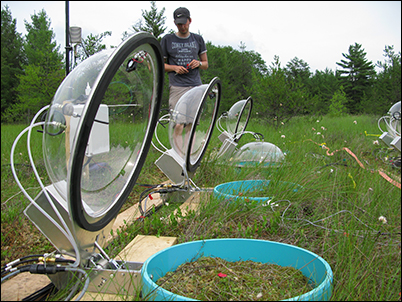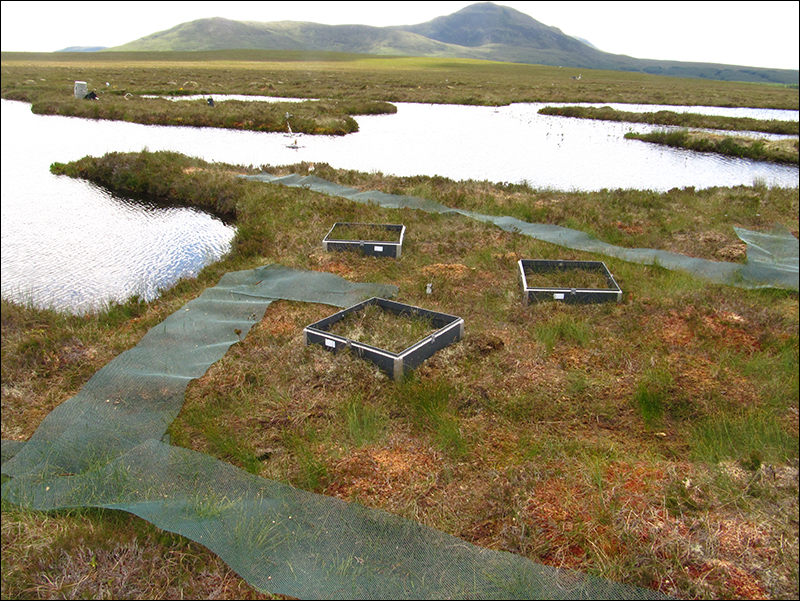Peatlands’ ability to store carbon provides important feedbacks to the climate and biosphere, but few studies provide a genuinely global perspective on peatland processes across space and time. Most monitoring studies are restricted to individual sites or regions; thus, the broad subject of peatland science has much to gain from the analysis of aggregated data from around the world.
Peatland science has much to gain from the analysis of aggregated data from around the world.
PeatDataHub is a new international venture among peatland scientists. It seeks to address global-scale questions by developing a database of global monitoring sites to enable the collaborative use of shared data sets.
PeatDataHub was launched during a 2-day workshop last May at the University of Leeds, U.K. The workshop brought together scientists who represented a wide range of peatlands in North and South America, Asia, Europe, and Africa. During the meeting, all participants presented their study sites and the focus of their research, demonstrating the incredible richness of data available from peatlands around the world.

The first outcome of the workshop was the definition of the shared principal aim and missions of the project. Some monitoring sites, mainly in the Northern Hemisphere, are able to contribute continuous measurements spanning many years. Participants decided that PeatDataHub should also provide a new framework to enable long-term data sets to be built up by incorporating the many short-term measurements that exist in peatlands in other locations, such as the tropics.
Many peatlands have been degraded by land use, and workshop participants agreed that PeatDataHub provides an important opportunity to influence peatland management practice through engagement with governmental and nongovernmental bodies. Participants also suggested that PeatDataHub should be used to secure new funding for peatland research and monitoring and to help develop new methods for globally collaborative science.

Another outcome of the workshop was an agreement on the measurements that would be included in the first version of the database. Although some projects that bring together large data sets aim to address specific goals, the scope of PeatDataHub is broader; as it develops, it will incorporate a wide range of measured peatland parameters.
To begin the process of building up these data sets, participants decided that a wide range of metadata about sites and methods was essential to the success of the project. They then worked to develop a matrix of sites and available measurements: The matrix currently provides details of more than 40 different parameters across more than 50 peatland study sites.

Using this information, participants devised a set of research questions to address a wide range of topics. These include improving understanding of water table dynamics and aquatic carbon fluxes, developing new evapotranspiration models, and identifying gaps in global peatland data.
Finally, the group agreed on a set of actions to take the project toward its next goal—creating a Web-based application to input and share data. This process is currently underway.
The workshop was funded by the Fund for International Research Collaboration and the River Basin Processes and Management cluster in the School of Geography, University of Leeds, U.K.
—Dylan M. Young, Paul J. Morris, and Joseph Holden, School of Geography, University of Leeds, Leeds, U.K.; email: [email protected]
Citation:
Young, D. M.,Morris, P. J., and Holden, J. (2016), Upscaling peatland science through collaborative big data, Eos, 97, https://doi.org/10.1029/2016EO061257. Published on 20 October 2016.
Text © 2016. The authors. CC BY-NC-ND 3.0
Except where otherwise noted, images are subject to copyright. Any reuse without express permission from the copyright owner is prohibited.

